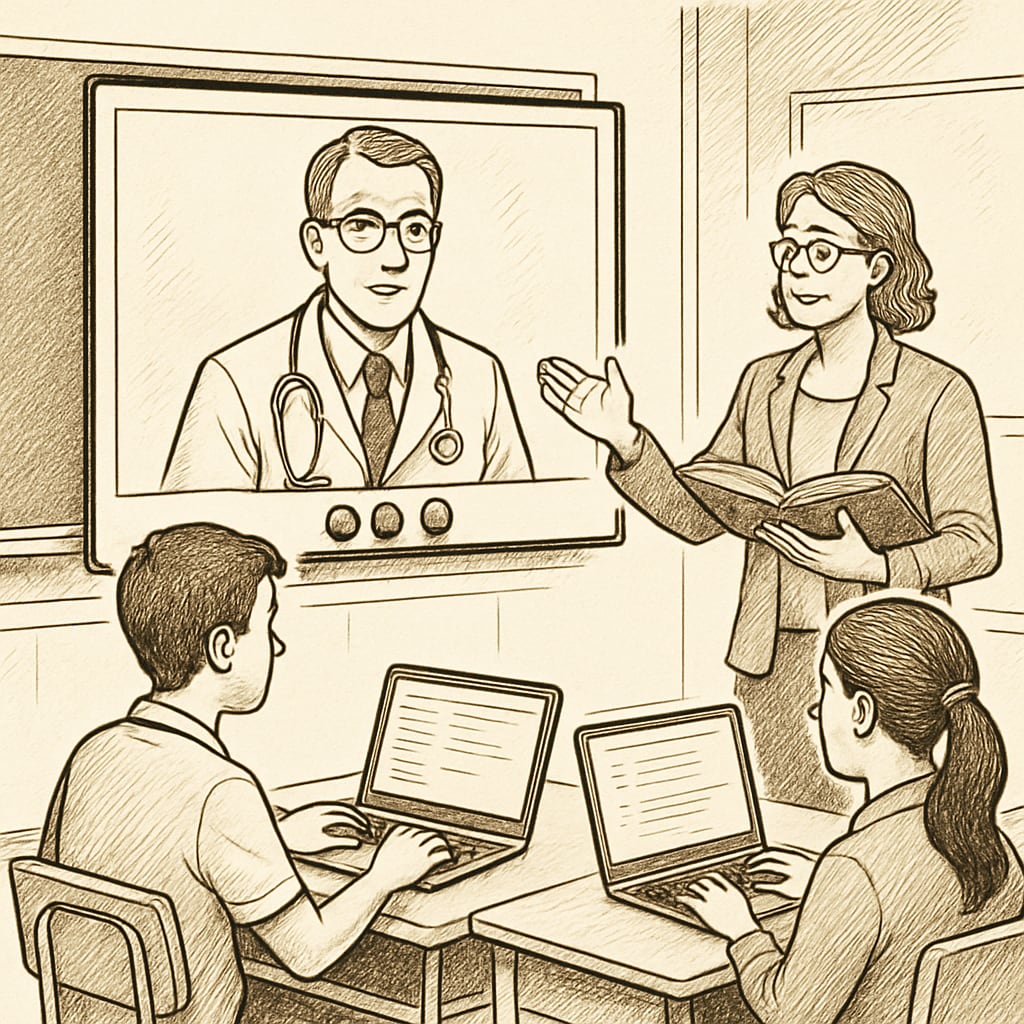Introducing students to the world of healthcare through structured school projects can play a pivotal role in fostering career awareness and planning. Medical career interview activities, where students engage with doctors, combine experiential learning with professional insight. This article explores the importance of such projects in education, provides a systematic framework for designing them, and offers tips for effective interactions between students and healthcare professionals.
The Importance of Medical Career Interview Projects
Medical career interview projects are valuable educational tools that help students gain early exposure to the healthcare field. These projects allow students to understand the diverse roles within medicine, the challenges doctors face, and the rewards of pursuing a career in healthcare. For example, engaging with doctors enables students to explore specialties like pediatrics, cardiology, or emergency medicine, while also learning about the skills required for success in these areas.
In addition, these activities encourage critical thinking and communication skills, as students prepare thoughtful questions and actively listen during interviews. As a result, students not only gain insights into medical careers but also develop transferable skills essential for lifelong learning.

Designing an Effective Medical Interview Project
To ensure the success of medical interview projects, educators should follow a structured framework. Below are key steps to design and implement the activity:
- Define Objectives: Clearly outline the goals of the project, such as increasing career awareness, enhancing communication skills, or offering insights into medical specialties.
- Prepare Students: Teach students how to research medical topics and formulate relevant questions. Encourage them to focus on both technical and personal aspects of a doctor’s career.
- Identify Professionals: Collaborate with local healthcare facilities to invite doctors who are willing to share their experiences and answer questions.
- Conduct Interviews: Schedule interviews in a formal or casual setting, ensuring students have the opportunity to engage directly with medical professionals.
- Reflect and Share: After the interviews, ask students to summarize what they learned and present their findings to the class or school community.
Following this framework ensures that the activity is educational, organized, and impactful for all participants.

Tips for Effective Interaction Between Students and Doctors
To maximize the benefits of medical career interviews, educators should focus on preparing students for meaningful interactions. Consider the following tips:
- Encourage Open Dialogue: Teach students to ask open-ended questions, such as, “What inspired you to pursue a career in medicine?” or “Can you describe a typical day in your specialty?”
- Promote Active Listening: Help students focus on the doctor’s responses and ask follow-up questions for deeper understanding.
- Foster Professionalism: Remind students to demonstrate respect and gratitude during the interview, as these qualities are essential in professional settings.
- Utilize Technology: If in-person interviews aren’t feasible, use virtual platforms to connect students with healthcare professionals from diverse locations.
By emphasizing preparation, active engagement, and reflection, educators can ensure students gain meaningful insights from the experience.
Readability guidance: Use clear paragraphs, lists, and transition words to maintain a structured and accessible style. Keep sentences concise and actionable, with a focus on student-centered outcomes.


